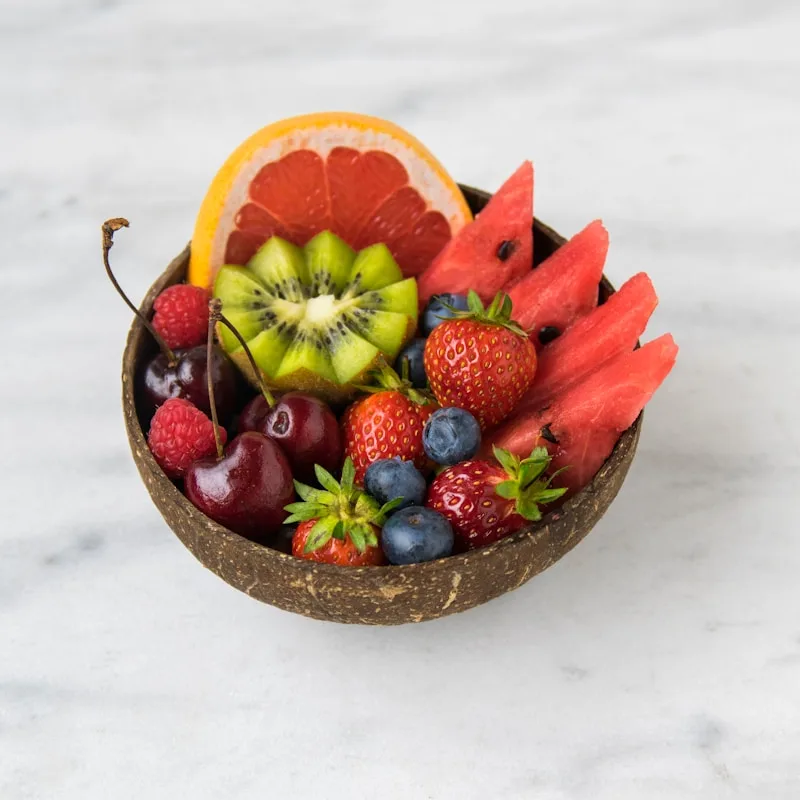Fruit is a beloved snack for many individuals, from tart raspberries to succulent watermelon. The majority of fruits are regarded as wholesome and a better option for your diet than candies and junk food. Did you know that a number of hazardous fruits have the potential to be lethal if eaten? We’ve done the homework and determined which fruits you should completely stay away from!
Table of Contents
Most Dangerous Fruits in the World
10. Apricot Seeds
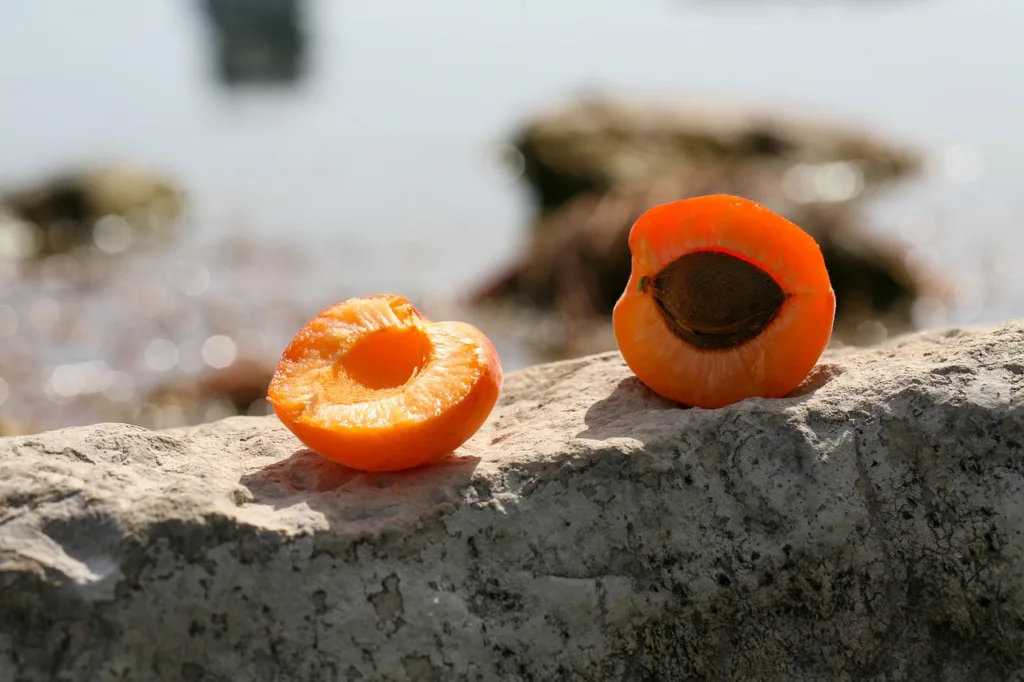
The seeds inside apricots are harmful, despite the fruit being sweet and producing a beautiful jam. There is a kernel inside the seed that can be harmful in large amounts. It has an ingredient called laetrile, which is also referred to as amygdalin.
This chemical has the potential to enter the body and transform into cyanide when consumed. Certain historical civilizations have the belief that amygdalin has the ability to treat cancer. Research indicates that it can result in a wide range of health problems.
- low BP
- Lack of sleep
- Fear of Death
These are but a handful of the consequences of consuming too much amygdalin. Enjoy the apricot without eating the seeds to prevent this.
9. Yellow Star Fruit
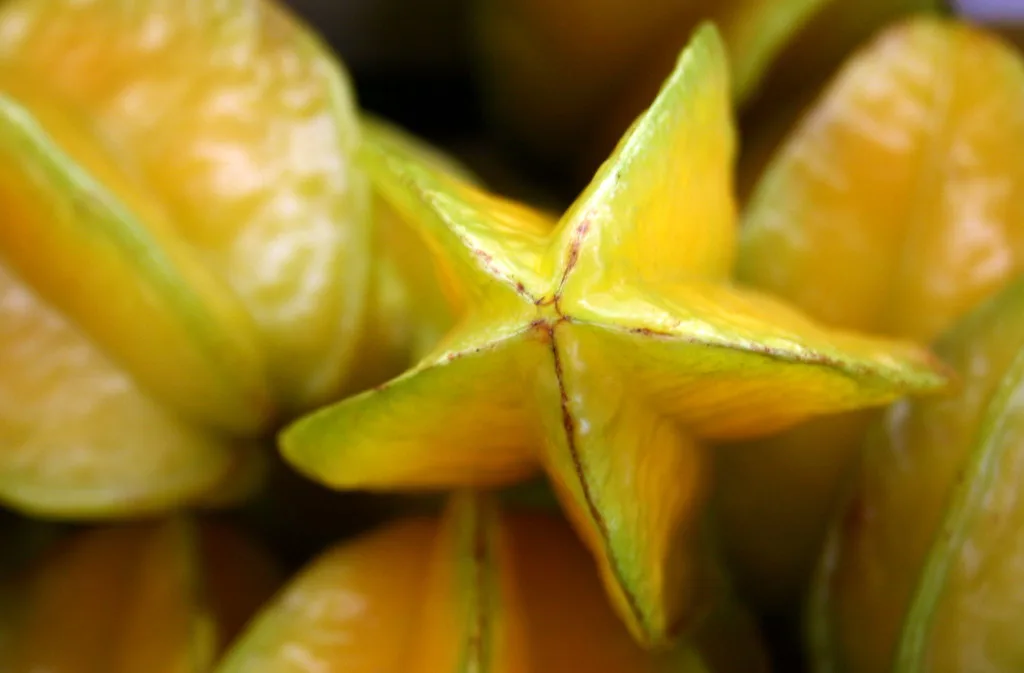
One of the world’s most deadly fruits is yellow star fruit, especially if you have kidney problems. Even though many people can eat it without any problems, people who have chronic kidney disease are at risk.
You see, yellow star fruit includes an ingredient that the kidneys normally use to digest and eliminate waste products. This substance functions as a neurotoxic and enters your body when your kidneys aren’t working properly.
Eating a yellow star fruit could reveal to you that you have renal problems even though you are unaware of them. After consuming, keep an eye out for these symptoms, as they may indicate that you have major health problems with this important organ.
- Pauses and Convulsions
- Confusion in the mind
Eating yellow starfruit can cause death, although this is rare. Consuming too much of it, even in healthy individuals, can result in secondary oxalosis, which manifests as urolithiasis, nephrocalcinosis, and renal insufficiency.
8. Elderberry
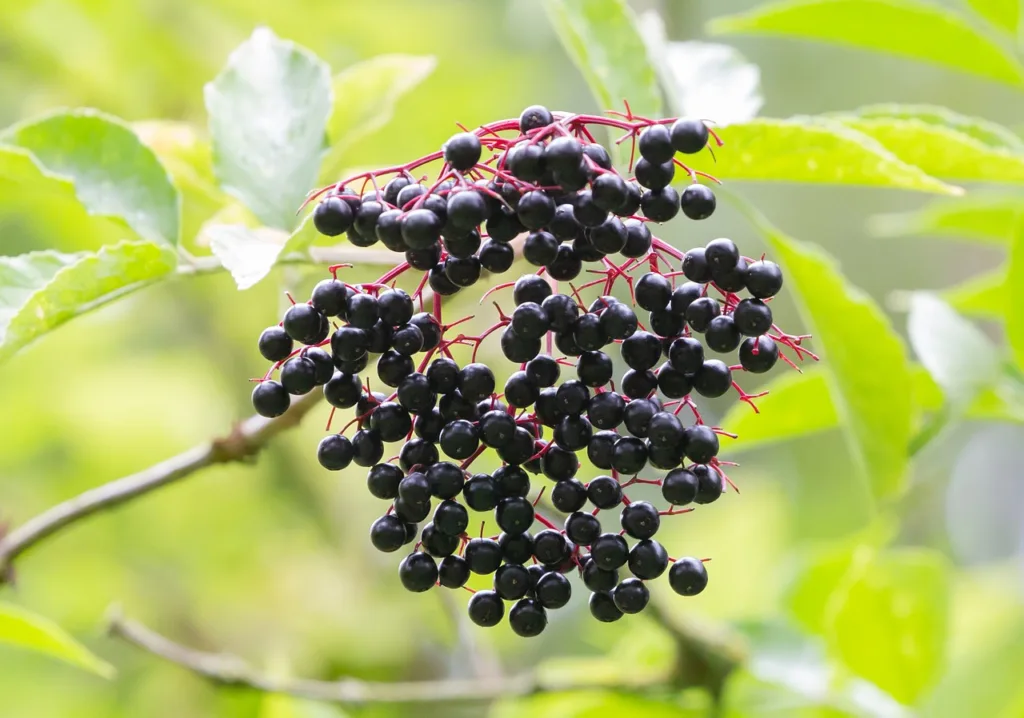
It could come as a surprise to learn that elderberries are included among the riskiest fruits. The common elderberry is used in many recipes all over the world for wine, syrups, and jellies. Having said that, the twigs, seeds, and leaves are hazardous.
These sections of an elderberry tree contain a substance known as glycoside. One of the primary components of cyanide is this chemical. Raw, unripe elderberries contain sambunigrin, another poisonous toxin.
The risk of fruit is eliminated by cooking the berries. To lessen the possibility that you will consume these toxins, prepare this delicious berry first, even if you still want to drink it. Never consume any of the seeds or bark.
If you do, you can have adverse reactions like nausea, vomiting, and diarrhea.
7. Yew Berry
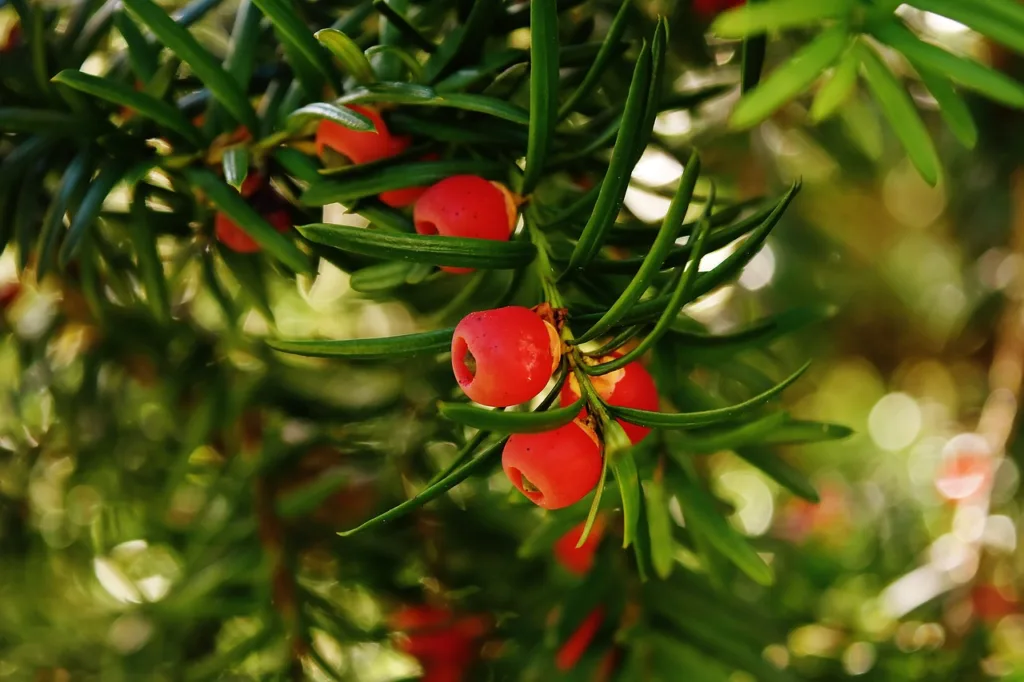
You might not think of the yew berry as one of the riskiest fruits at first glance. These reddish-olive-looking fruits are easily attracted to a wide variety of woodland animals and grow on trees.
Yew berries are eaten by a variety of creatures, including squirrels, blackbirds, and caterpillars. Having said that, most of the yew tree’s edible parts are exceedingly toxic. Taxines are a hazardous chemical that can cause a number of different health problems.
- Stomach ache
- weakened muscles
- diarrhea Headache
- throwing up lightheadedness
For the majority of mammals, these illnesses can result from consuming any of the yew berry tree’s leaves, bark, or seeds.
6. Pangium
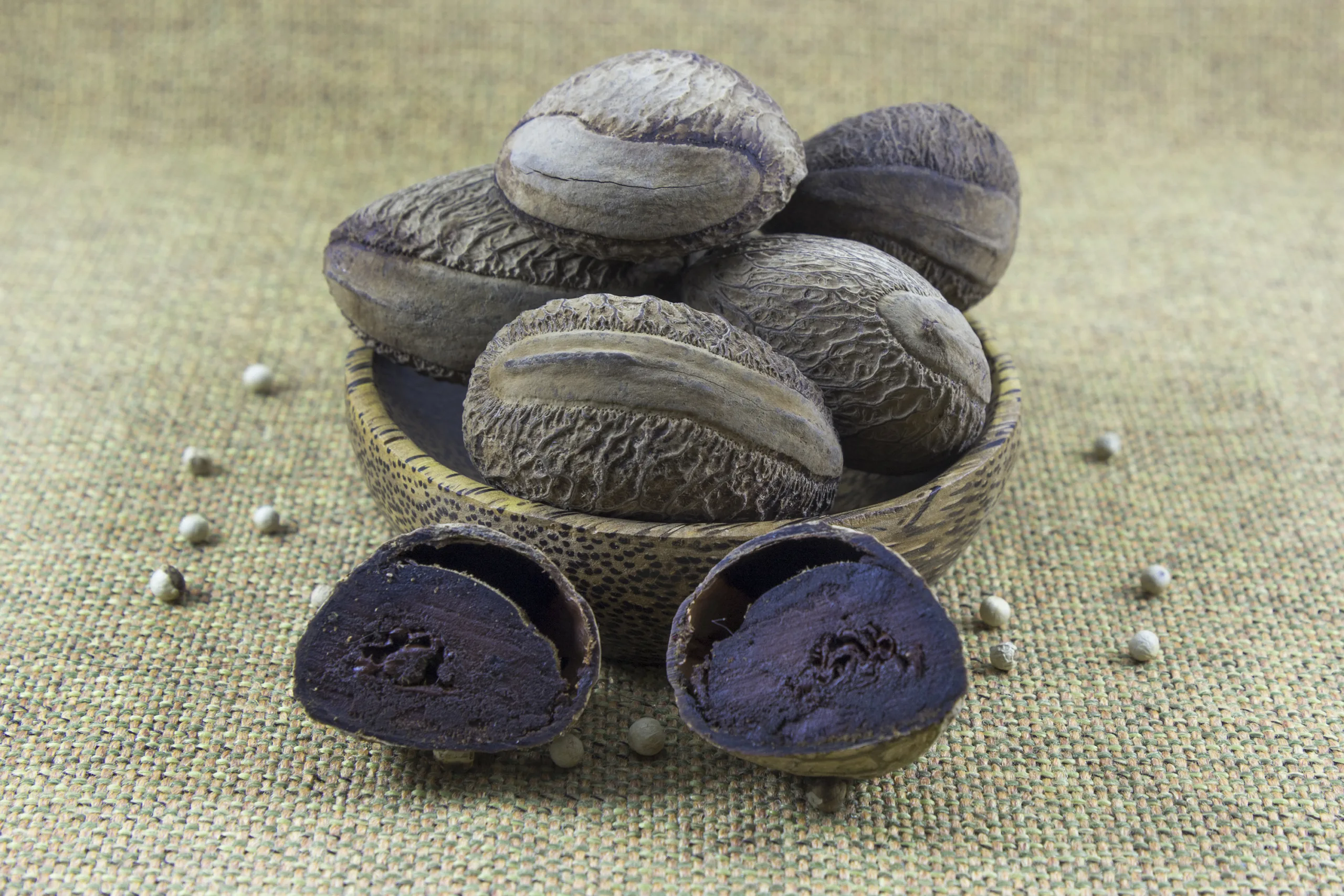
Pangium is a tall tree that grows in swamplands and is native to southeast Asia. Pangi, sometimes known as the “football fruit,” is among the world’s most dangerous fruits. Only after fermenting is it edible.
When consumed raw, the hydrogen cyanide-containing pangi seeds can be fatal. When using these seeds as a spice in dishes like beef stew, people take extra precautions to make sure they’re not eating anything harmful.
For forty days, pangi seeds are cooked and covered in ash and banana leaves! This allows the seeds to ferment and emit hydrogen cyanide. Grinded seed kernels are utilized in a variety of Indonesian recipes.
Eating pang uncooked can cause a number of unpleasant side effects. Among them are the following.
- Deficiency
- Breathlessness
- Headache
- lightheadedness
- Perplexity
5. Ackee
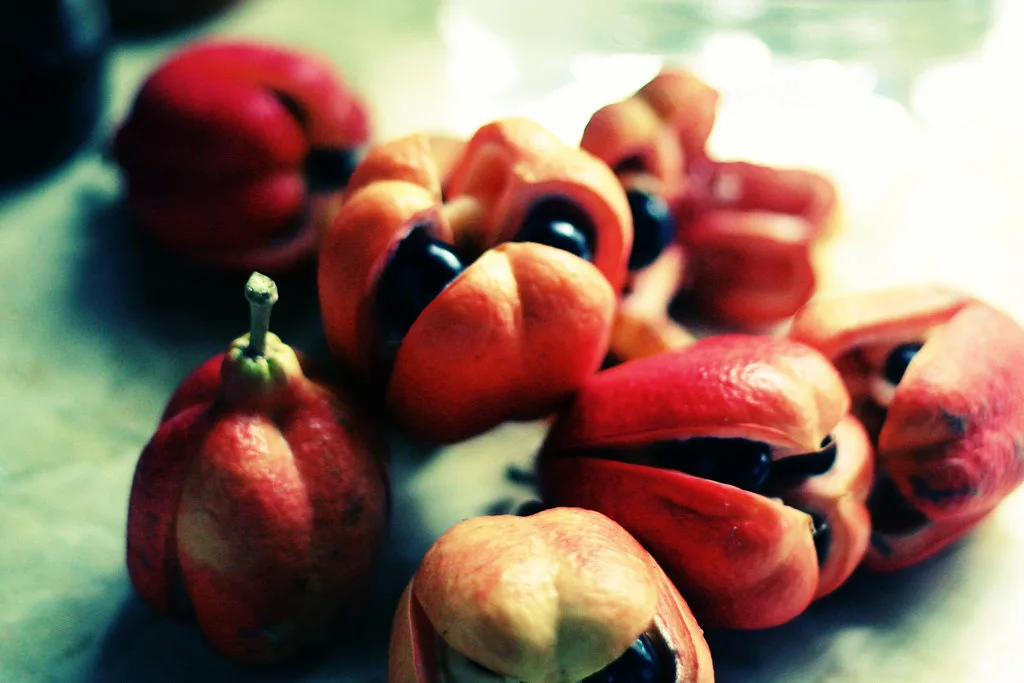
Even though ackee is the national fruit of Jamaica, eating it raw can be quite harmful. When this fruit is consumed uncooked, both residents and tourists experience “Jamaican vomiting sickness.”
Huge black seeds are inside the crimson outer layers. Hypoglycin is the name of the toxin found in uncooked fruit. Regardless of how they are cooked, the seeds still contain this toxin. Once cooked, the yellow arilli is the only component of ackee that may be eaten.
It can cause a coma or even death if consumed fresh. Ripe properly cooked ackee is perfectly safe to eat, tastes great, and has no health risks. Jamaicans often consume ackee without suffering any bad consequences.
4. Jatropha
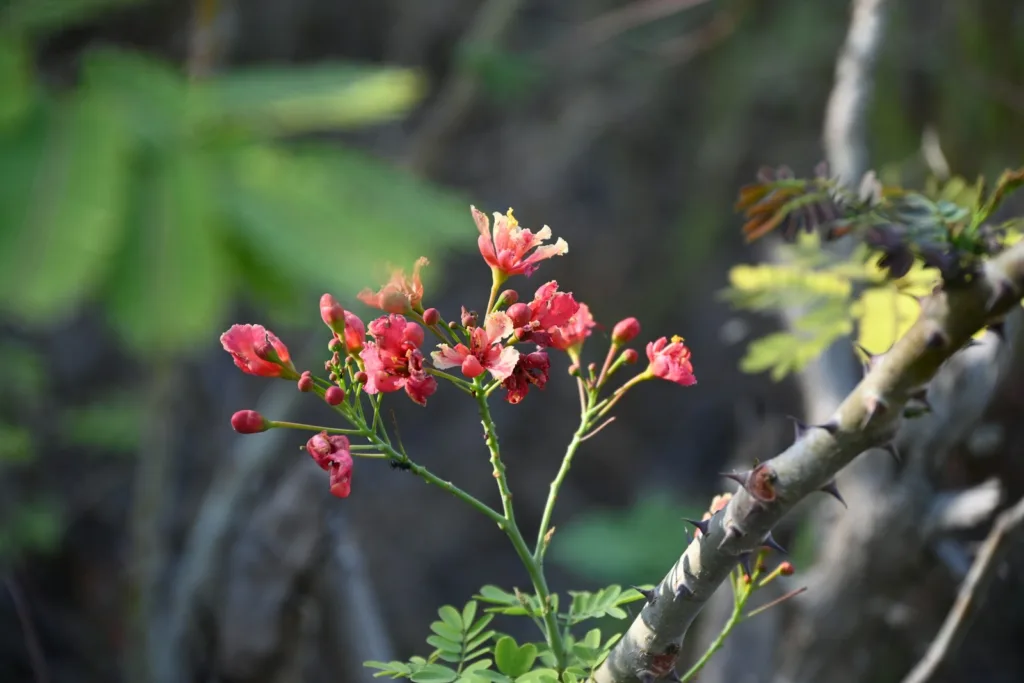
One of the most toxic fruits in the world, jatropha shares some external similarities with mangos. This fruit is native to Latin America and Hawaii. There’s a reason it goes by names like “black vomit nut” and “purge nut.”
As this little fruit ages, it changes from green to yellow to brown. Based on historical accounts, this tree and its fruit were previously utilized as “living fences” and for medical purposes. The seeds’ high ricin content may cause the following effects.
- Throat burning
- Stomach ache
- cramps
- throwing up
- The diarrhea
- heart attack
- Lack of water
3. European Spindle
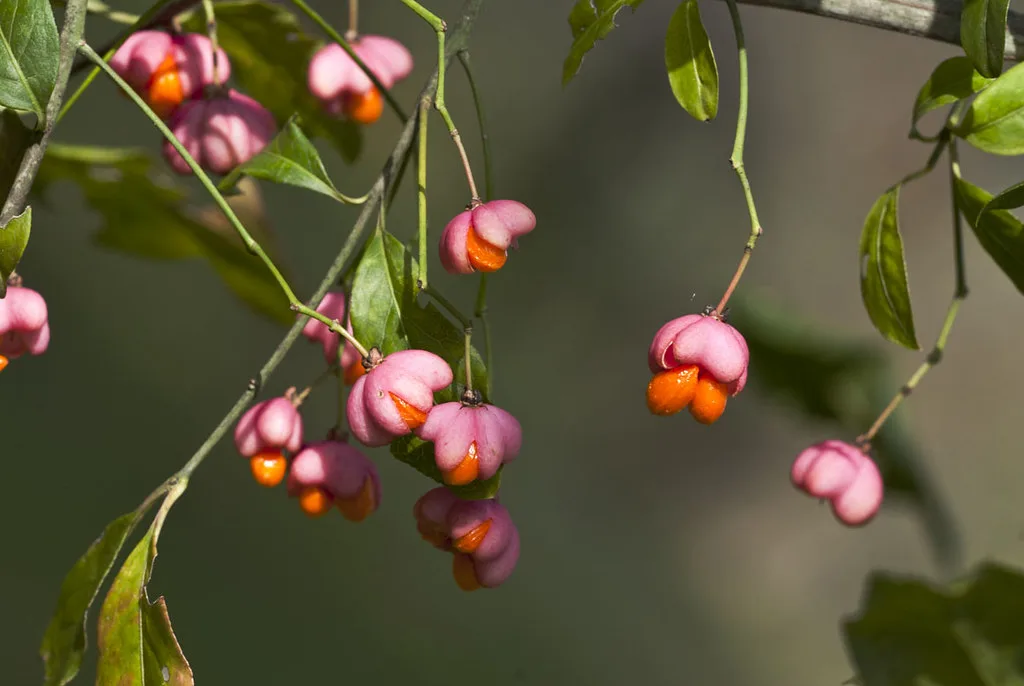
If you’re not near a restroom, the European spindle fruit can be hazardous. It is not quite as lethal as the first two items on this list. Actually, a lot of insects and birds consume European spindles.
This tree is native to all of Europe. Deep in the forest or on hedges bordering residential areas are good places to discover it. Humans should never eat the berries or blooms of the European spindle.
It functions similarly to a laxative. The effects of European spindle on your body go beyond that. This orange-pink fruit can give rise to severe cramps, nausea, and stomach problems.
2. Manchineel
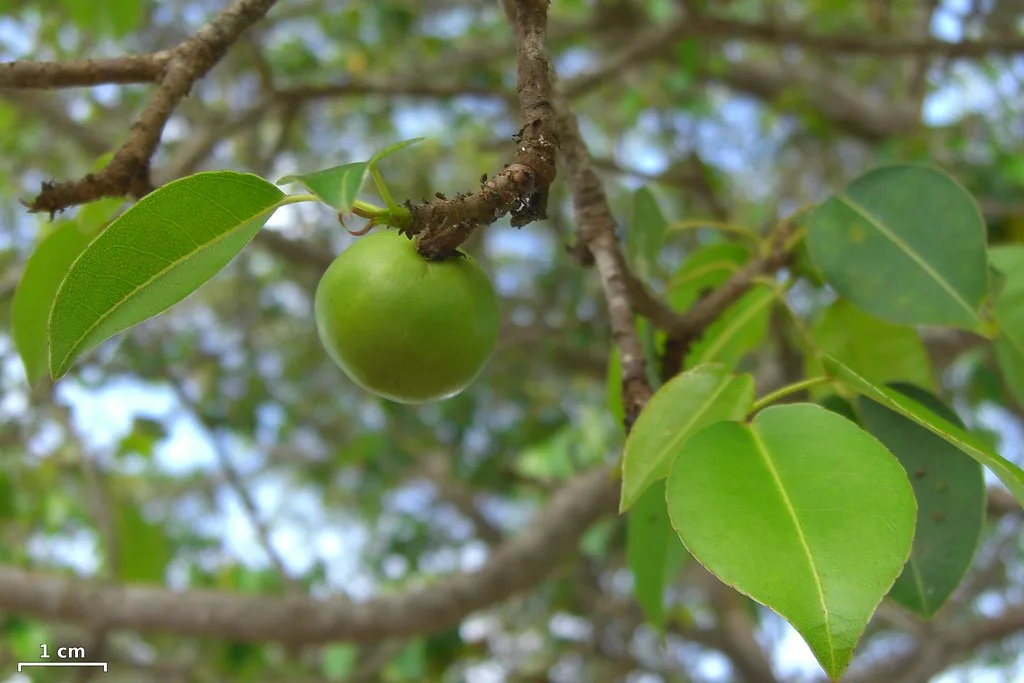
Manchineel is another fruit that is among the world’s most dangerous. Not only is this granny smith apple-like fruit toxic if eaten, but it can be hazardous to handle the plant itself.
Oral ulcers and edema can be brought on by the fruit and tree. The tree’s sap has the potential to burn, blister, and seriously harm the skin very quickly. Signs advising people to keep away usually surround this coastal tree and are painted red.
The manchineel tree has small, vivid green fruits and can reach a height of 50 feet. Keep your distance if you ever come across one of these trees on the Florida shore where they are native. Historically, strychnine and the poison found in fruit and sap were combined to create lethal arrows.
1. Strychnine
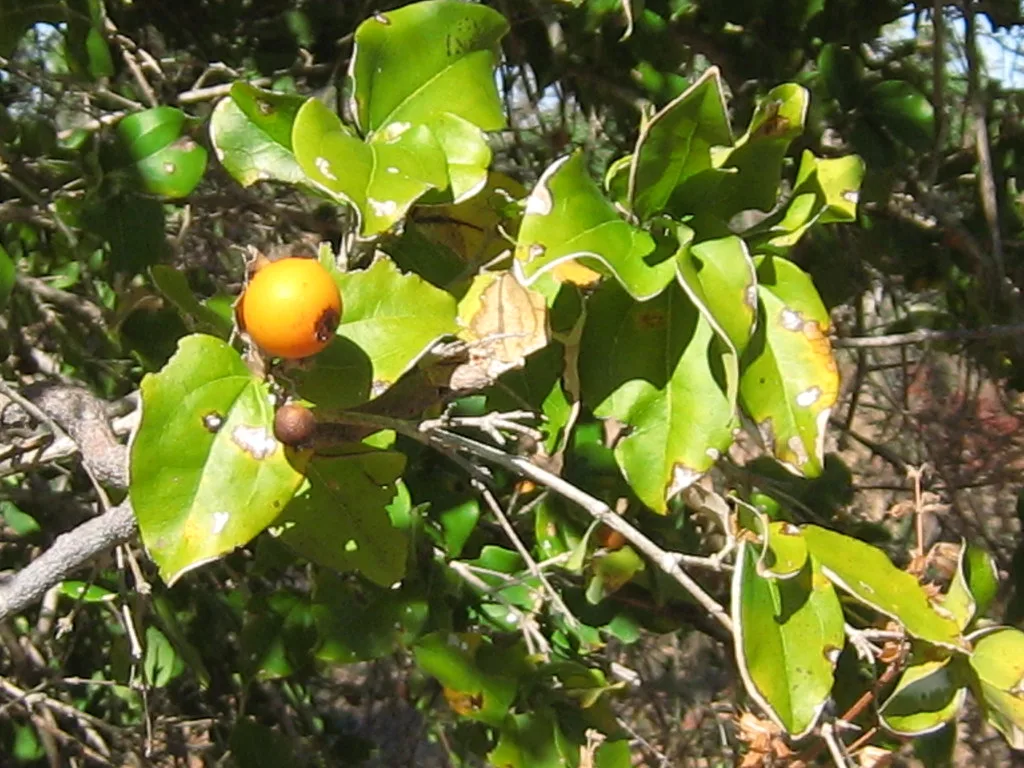
Strychnine is one of the most dangerous compounds on the planet; it is very bitter and poisonous. In many cultures, strychnine is referred to as the “poison fruit.” A strychnine could readily be mistaken for an orange if it had orange skin.
Its inside appearance differs slightly from that of the traditional citrus fruit. The insides resemble less uniformly sized bunches of orange slices. Native to India and Southeast Asia is strychnine. These enormous trees, which may reach heights of over 60 feet, bear these fruits.
The intensely bitter alkaloids strychnine and brucine are found in the fruit’s seeds. Additionally, the tree’s bark contains brucine, which is toxic on its own. Strychnine seeds are commonly employed to kill animals during hunting seasons and have been used historically to produce deadly arrows.
read also : 8 fruits that promote faster weight loss

